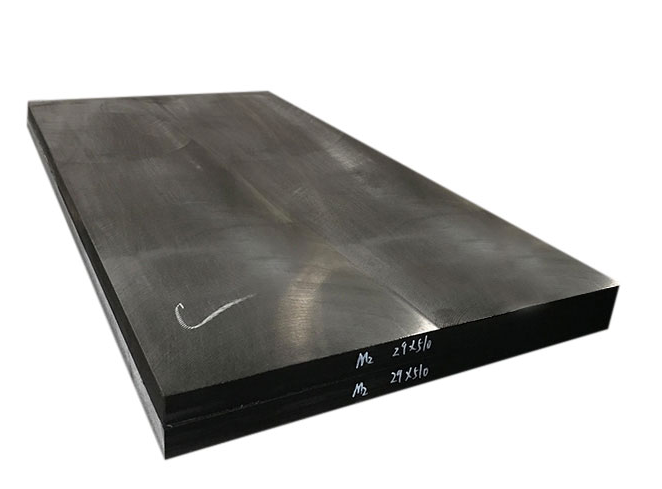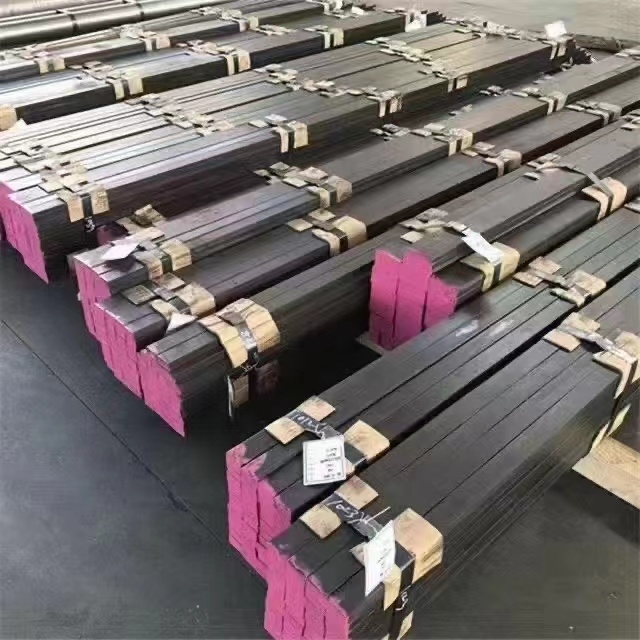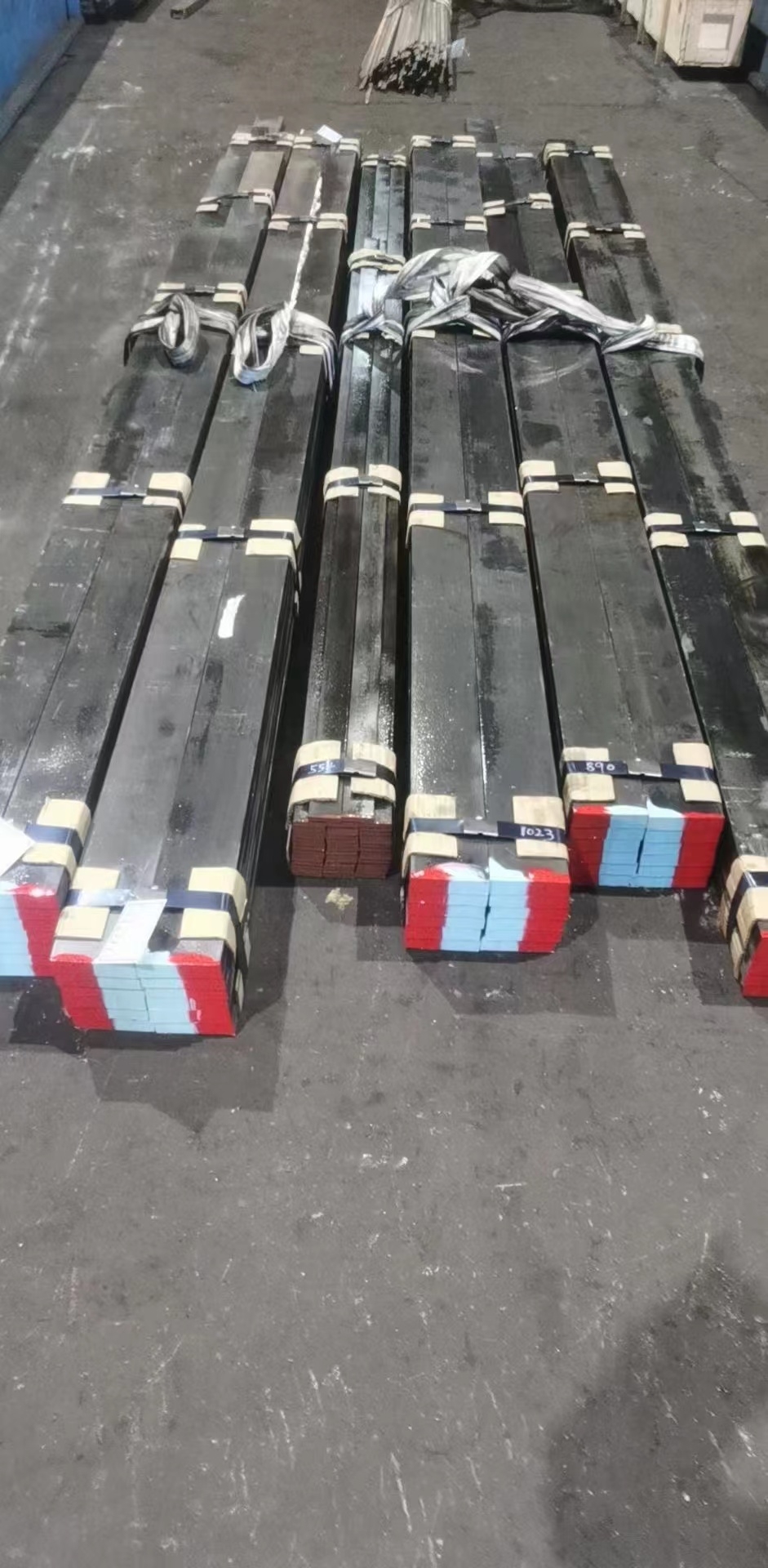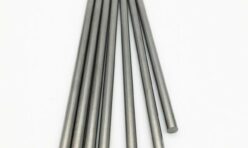M2 Steel High Speed Tool Steel Bar
M2 Steel High Speed Tool Steel Bar
1 M2 Steel Introduction
M2 steel is a general purpose molybdenum high speed steel. M2 steel is characterized by balanced combination of abrasion resistance, toughness and good red hardness. Due to its comparatively low carbon content, M2 steel has an excellent combination of toughness properties and abrasion resistance when properly hardened and tempered. M2 steel is used in a wide used for all kinds of cutting tool, knife and punch and die applications.
Back to Top
2 m2 steel Applications:
M2 steel is a high speed steel suitable for cutting tools such as, twist drills, broaches, taps, milling cutters, reamers, saws, knives etc. In terms of performance, M2 steel is an all-round steel to be used in cutting conditions where demands for hot hardness are moderate. The term hot hardness is understood as the ability of the steel to retain its hardness even at elevated temperatures. M2 steel is also suitable for cold work applications, e.g. in tools for punching, forming and pressing, etc. The steel possesses an admirable combination of wear resistance and toughness and in these respects is superior to the high alloyed cold work steels.
Back to Top
3 PROPERTIES:
M2 steel is medium-alloyed and has a good machinability. The composition of M2 steel makes for a good combination of toughness and hardness. By virtue of these well-balanced properties M2 steel has come into very wide use for all cutting tools.
Back to Top
4 Quality Standard:
ASTM A600 Standard Specification for High Speed Steel.
Back to Top
5 All Grades Comparison:
Back to Top
6 m2 steel Chemical Composition(%)
| Grade | C | Si | Mn | P | S | Cr | Mo | V | W |
| M2 regular C | 0.78-0.88 | 0.20-0.45 | 0.15-0.40 | 0.030 max | 0.030 max | 3.75-4.50 | 4.50-5.50 | 1.75-2.20 | 5.50-6.75 |
| M2 High C | 0.95-1.05 | 0.20-0.45 | 0.15-0.40 | 0.030 max | 0.030 max | 3.75-4.50 | 4.50-5.50 | 1.75-2.20 | 5.50-6.75 |
Back to Top
7 MACHINABILITY:
When properly annealed, M2 steel has a machinability rating of 65 percent when compared to a 1% Carbon Steel rated at 100.
DIMENSIONAL STABILITY:
When air quenched from the proper hardening temperature, this grade can be expected to expand approximately .001 in. per in. Note: Distortion (bending, bowing and twisting) and part geometry can add to the variations in movement of a part that is being hardened.
THERMAL CYCLING:
In order to avoid decarburization, steel should be annealed and/or hardened in a controlled neutral atmosphere, vacuum, or neutral salt furnace environment.
1. Anneal: Heat to 1600° F, soak thoroughly at heat. Furnace cool 25° F per hour to 900° F, air cool to room temperature. Approximate annealed hardness 241 Maximum Brinell.
2. Stress Relief of Unhardened Material: Heat slowly to 1200 to 1250° F. Soak for two hours per inch of thickness at heat. Slow cool (furnace cool if possible) to room temperature.
3. Hardening:
a. Preheat: Heat slowly to 1550° F, soak thoroughly, heat to 1850° F, soak thoroughly.
b. Harden: Soak time in the furnace varies from a few minutes to a 15 minutes, depending tool size, heat capacity of the furnace, and the size of the charge.
– Heat to 2150 to 2200° F for max. toughness and minimum distortion.
– Heat to 2250 to 2275° F for max. hardness and abrasion resistance.
c. Quench: For full hardness, oil quench to 150-200° F. Air quench to 150° F. When quenching in hot salt maintain the quench just above the Ms temperature. After equalizing withdraw parts from the hot salt and air cooled to 150° F.
d. Temper: Double temper is mandatory, three tempers are sometimes preferred. Soak for 2 hours per inch of thickness. Air cool to room temperature between tempers. The best tempering range for hardness, strength and toughness is 1000 to 1050° F.
| Temper° F | Rockwell “C” | Temper° F | Rockwell “C” |
|---|---|---|---|
| As-quenched | 64 | 900 | 64 |
The values shown in this data sheet are to be used as a guide for estimating purposes only.
Back to Top
8 Mill′s test certificate:
EN 10204/3.1 with all relevant data reg. chem. composition, mech. properties and results of testing.
Back to Top




